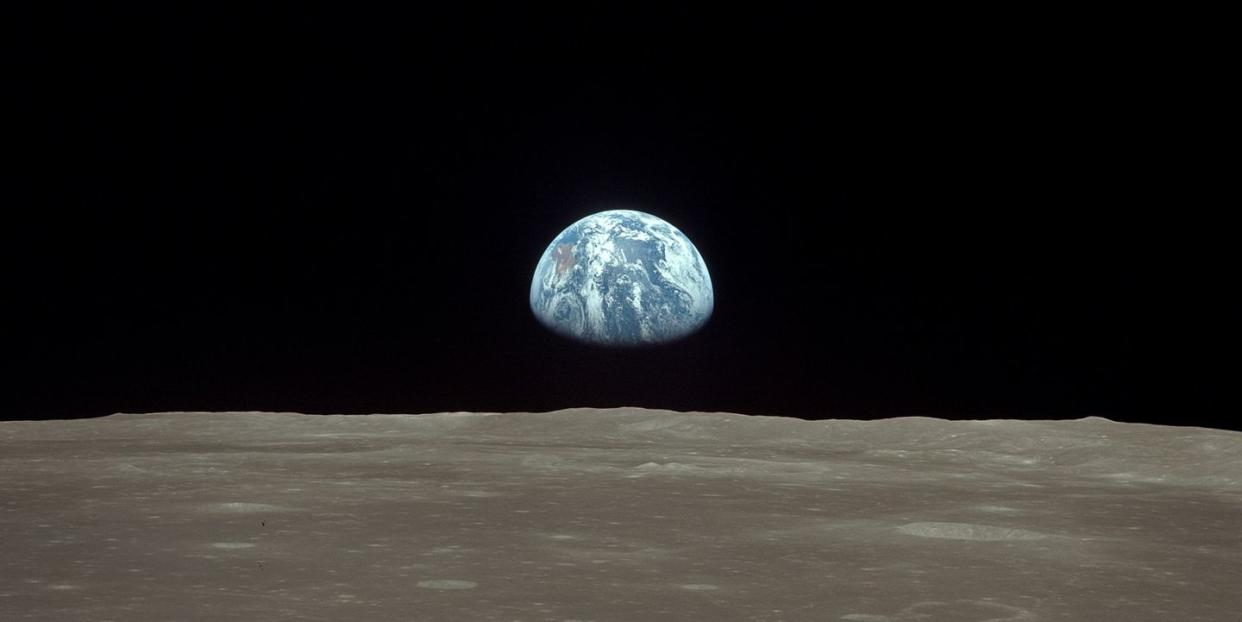The Moon May Have Formed From a Molten Magma Ocean on Earth

Our moon is a strange one. Most of the moons in our solar system are captured asteroids, but ours is different. Scientists have long believed that our moon was formed when a giant asteroid crashed into the Earth billions of years ago. That impact ejected tons of debris into Earth’s orbit, where it eventually coalesced into the moon.
That’s a pretty nice explanation, and it explains most of the data we have on the moon. But there are still some details that we haven’t sorted out yet. A new study, however, might have shed some light on one of those small mysteries.
Scientists have always been a bit perplexed by the moon’s composition. According to simulations that scientists have run, the moon should be mostly made of material from the impacting asteroid. But actual samples collected during the Apollo missions show that most of it is actually material from Earth. That’s a weird discrepancy that scientists have struggled to explain.
A recently published paper manages to finally solve this riddle. According to the paper, during the impact the Earth was covered in a giant ocean of magma. That magma was easier to eject into space, so more of it ended up in the moon.
This explanation makes sense, but it also requires that the asteroid collision happened during a very narrow period in the Earth’s history. Earth was only molten for a brief time before cooling and forming a solid crust, so if these scientists are correct then that lets us pinpoint the time of the collision much more accurately.
There’s still work to do to verify that this result is correct, but there’s still plenty left to learn about our moon and where it came from. That's one of the reasons why NASA is building its orbital lunar station and soon plans to return to the moon’s lunar surface.
('You Might Also Like',)

